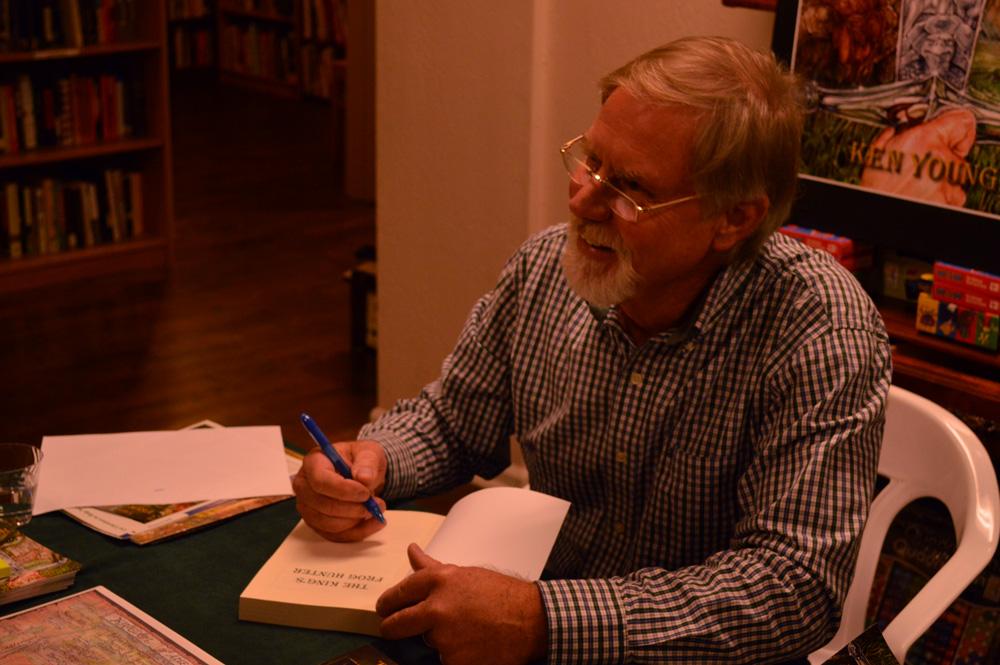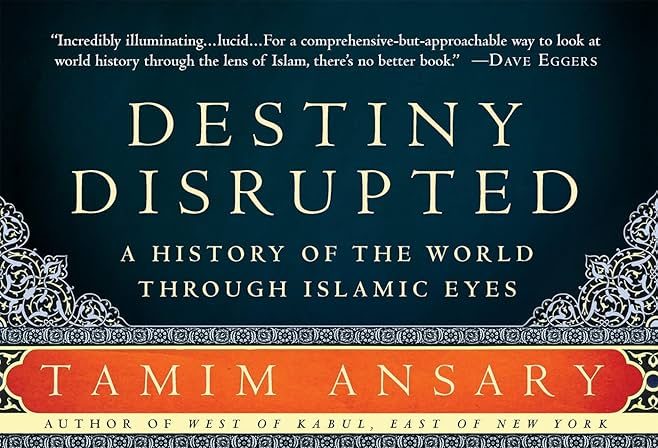
Giant, human-eating frogs, valiant, sword-fighting heroes and one loyal tortoise.
That’s just a small taste of what readers will find in Paradise author Ken Young’s first novel, “The King’s Frog Hunter,” a tale of fantasy-adventure set in an ancient land where a princess must fight to save her father and kingdom.
The Orion got the details from Young, also a published playwright and poet, after he presented his book Tuesday at Lyon Books.
What inspired you to write “The King’s Frog Hunter?”
My daughter. I wanted something that had the values of what (my wife and I) wanted her to grow up with. (Something) that had the values of being a strong person, being a truthful person, being smart and choosing the right path in life, even though it might be the more difficult path. And then the value of friendships and justice, mercy and grace. Just all those themes, which develop through the characters.
Why frogs?
I wanted to take something that wasn’t normally very scary, like a little frog, and make it scary. Normally something that was innocent, and make them deadly, evil creatures.
What was the most challenging aspect of writing this novel?
Really just finding time to write. … (and) trying to come up with an ending. I had about three or four different endings and I wasn’t quite sure. And the characters kept moving. The characters kept taking me to new ideas to end the book. And it’s a fairly long story (362 pages) for this genre: young adult fantasy.
Where did your character’s intriguing names, like Boschina, Ekala and Thalmus, come from?
Some of them are deviations of people’s names that I know. Some of them are names that I made up. Some of their names changed. When writing, I find out, “Oh, that name doesn’t fit that character.” I just kept playing around with deviations and words until I came up with the right name for that character.
How many times did you end up changing the names?
Well, for Boschina (the stonecutter’s daughter), I went through a couple of names. Different names and different spellings. Princess Ekala, her other name is Oleen, actually changed a couple of times because of pronunciation. I actually ended up changing it from Oline because early readers were pronouncing it Oh-line.
You read excerpts aloud at the book’s presentation. How did you create scenes with such vivid imagery?
I come up with the idea, like a magician’s room, and then I think, “What would be in the room? What would that look like? What would be on the shelves? What would be on the tables? What would a magician’s room look like? What would it like look like in the laboratory, and what would he be doing?” Then I think, “Well, he’s going to have some bowls, some pestles, some vials, some different things to mix his chemicals in.” I just try to think, “How would this effect my characters? How would people react?” Then, I just insert my characters into those scenes.
What is the symbolism of the sword pictured on the cover?
The symbol of the sword with the animals engraved on the front with the horse, tortoise and the owl, they are Thalmus’ (the frog hunter’s) companions. But these creatures make the sword end up becoming alive. They make the sword activate while it’s being used. There are several scenes where … the sword ends up fighting (Boschina’s, who is new to sword fighting) opponents without her control.
Is there a symbolism behind the animals, then?
(For) the stallion, I wanted a horse that was muscular and could carry (Princess Ekala) and would be this wild, free creature. (For) Thunder, the tortoise, I wanted this steady, large, dependable character. And that’s what he is; he goes with Thalmus wherever he goes. And then the owl is kind of spiritual. A lot of the time he rides on Thalmus’ shoulder, and he’s wise and mysterious.
What underlying message do you want readers to take away from this book?
Just know who you are and live in that truth. (In the story), the statue is about truth and is an image of the king, who is now an old man. And he doesn’t like it, so he throws the (statue’s) stonecutter into the prison. The king is in denial that he is aging and he lost his youth. So the underlying message is just living in that truth. You can believe in prophecy, that you are someone special, and you don’t have to accept what others believe (they see) in you.
Kristen Moran can be reached at [email protected] or @Kristenvmoran on Twitter.








